Winter is the best time of year in the UK to see the spectacle of birds in their hundreds, and sometimes even in their thousands.
Fortunately, no matter where you are in the country, from Brighton on the south coast to the Montrose Basin in Scotland, you’re never too far from finding a location where you can enjoy the dramatic scene of birds flocking together en masse.
To give you the best chance of witnessing one of Great Britain’s finest nature shows, we’ve put together some of the best spots across the country to see the sky full of birds as they return to roost.
1
Starling murmurations
There's nothing quite like watching a huge swirling flock of starlings as they gather to roost at sunset. They twist and turn in perfect synchrony, a spectacular display of ever-changing shapes against a canvas of orange sky, dazzling and confusing the predators unavoidably drawn to the airborne buffet. Suddenly the first birds descend, triggered by some unseen signal, and the whole flock quickly follows into the communal roost site.
Starlings tend to use the same roosts every year, which can be in the middle of the city or a long way from just about anything. These spectacular starling murmurations can number well over a million birds, but most roosts are a lot smaller.
The largest murmurations in the UK are on the Somerset levels, specifically over Shapwick Heath NNR and Ham Wall RSPB. This enormous gathering reached 6 million birds in 1999 and is one of the greatest natural sights in Britain.
Other excellent locations for big starling murmurations are Brighton Pier, Gretna Green, Leighton Moss RSPB, Aberystwyth (pictured at the top of the page) and Otmoor RSPB reserve. Calm, clear evenings are best as the action tends to last longer than it does on dull days.
Of course, there are always more places in the UK where you can try your luck to see a murmuration. Take a look at our guide to the best places to see roosting starlings.

2
Urban pied wagtail roosts
Most cities have a large roost of pied wagtails somewhere, but hardly anybody notices them. Pied wagtails have always roosted communally in the winter, but now they take advantage of the urban heat island effect, where city centres tend to be a few degrees warmer than the surrounding countryside.
To make the most of this, pied wagtail roosts can often be found in the busiest and most well lit spots, like ornamental trees in heaving car parks, thronged shopping centres or pedestrian thoroughfares. The busier the location, the fewer predators are likely to harass them.
The most famous pied wagtail roost is probably the one at Heathrow Terminal 5, but others in London and Bristol are also fairly well known, and there's almost certain to be one near you. They shouldn't be too difficult to find with a bit of detective work - ask around, follow the pied wagtails an hour before sunset, and keep your eyes out for pavements covered in bird poo below bare-branched trees.
These roosts can contain a few thousand birds, but most roosts will number in the hundreds. And they use the same trees every year, so you only have to track down your local wagtails once!

3
Flocks of knot
If starling murmurations weren't impressive enough, how about seeing the same thing with 100,000 waders over the sea? The Wash is home to half a million waders in the winter, and they all live according to the tide. On the highest spring tides, when there's almost nowhere left to go, these birds gather in huge numbers to form spectacular flocks that launch en masse into the sky to find a suitably dry spot to roost.
Most of the waders in these flocks are knot, which are white below and grey above, creating beautiful colour shifts as the flock turns, especially in early morning sun.

Snettisham RSPB reserve on the North Norfolk coast has the most famous and reliable wader roosts, with around 80,000 knot on the best days, plus 20,000 other assorted waders as well. Gibraltar Point is also a good bet, as is Brownsea Island, although the numbers there are a lot smaller.
Knot flocks are completely dependent on the tide, so you'll need to find a day with a spring tide, ideally not too long after sunrise. If you get on site an hour before high tide, you'll be able to watch the rising waters push the waders ever closer to you, until at last they lift into the sky and the real show begins.
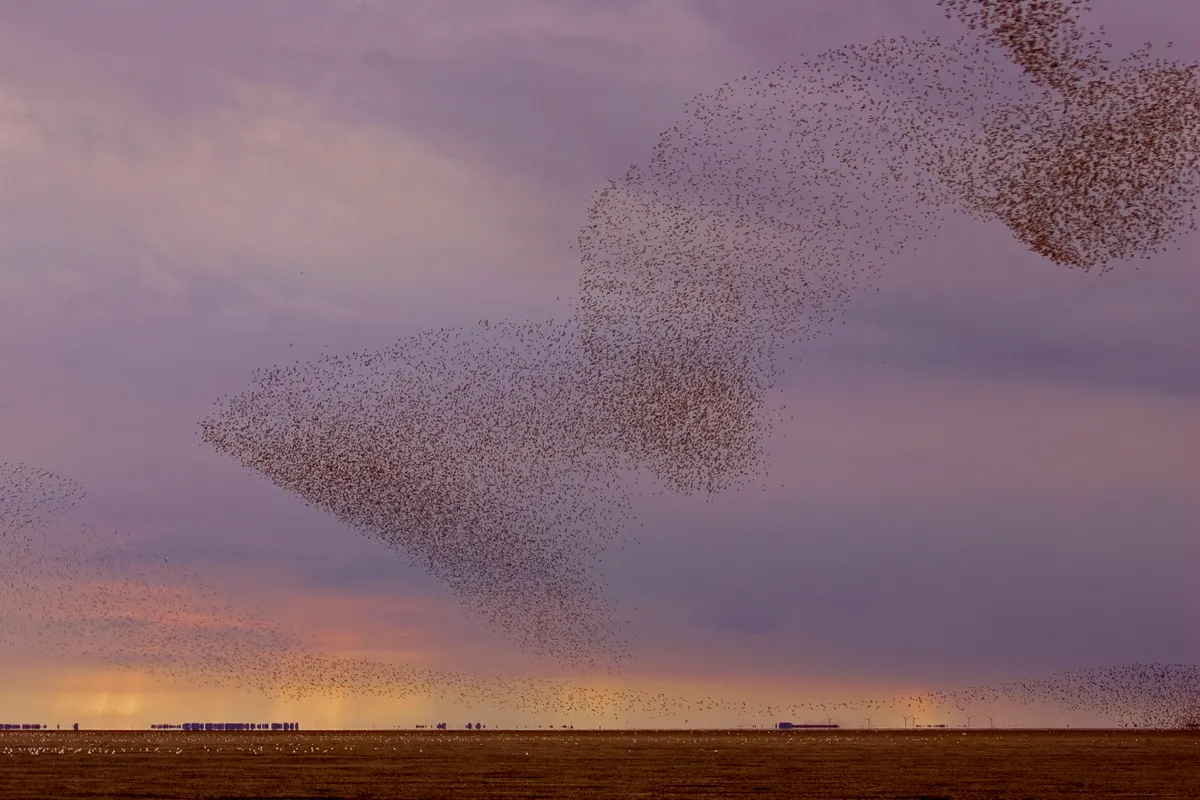
4
Corvid roosts
Watching a load of crows might not sound that appealing, but there are some huge winter rookeries around that have to be seen to be believed.
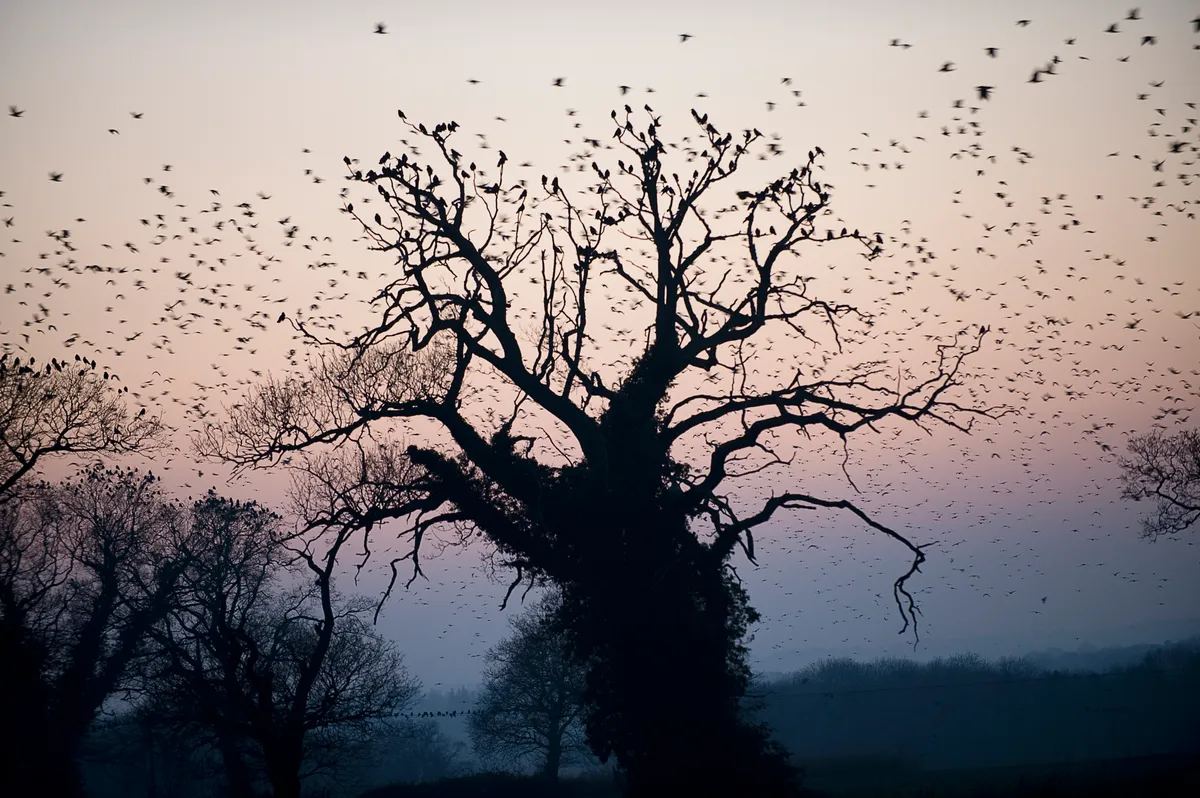
Buckenham Marshes has somewhere in the region of 80,000 rooks and jackdaws that come in to roost from the surrounding countryside every night, and the sight and sound is something to behold. Hatton Castle also plays host to thousands of winter corvids, while other sites like Northward Hill in Kent and Bishop's Stortford in Hertfordshire have at least 5,000 birds. There will also be many virtually unknown rook roosts of that size around the country, so you can always do some detective work and find one of your own!
The size of these roosts tends to peak around Christmas before the rooks start to disperse back to their breeding grounds towards the end of February and into March.

5
Skeins of pink-footed geese
Britain hosts more than half of the world's pink-footed geese during the winter before they return further north to their breeding grounds. They roost in huge flocks and then depart around sunrise to find food, quickly regrouping in the richest fields.
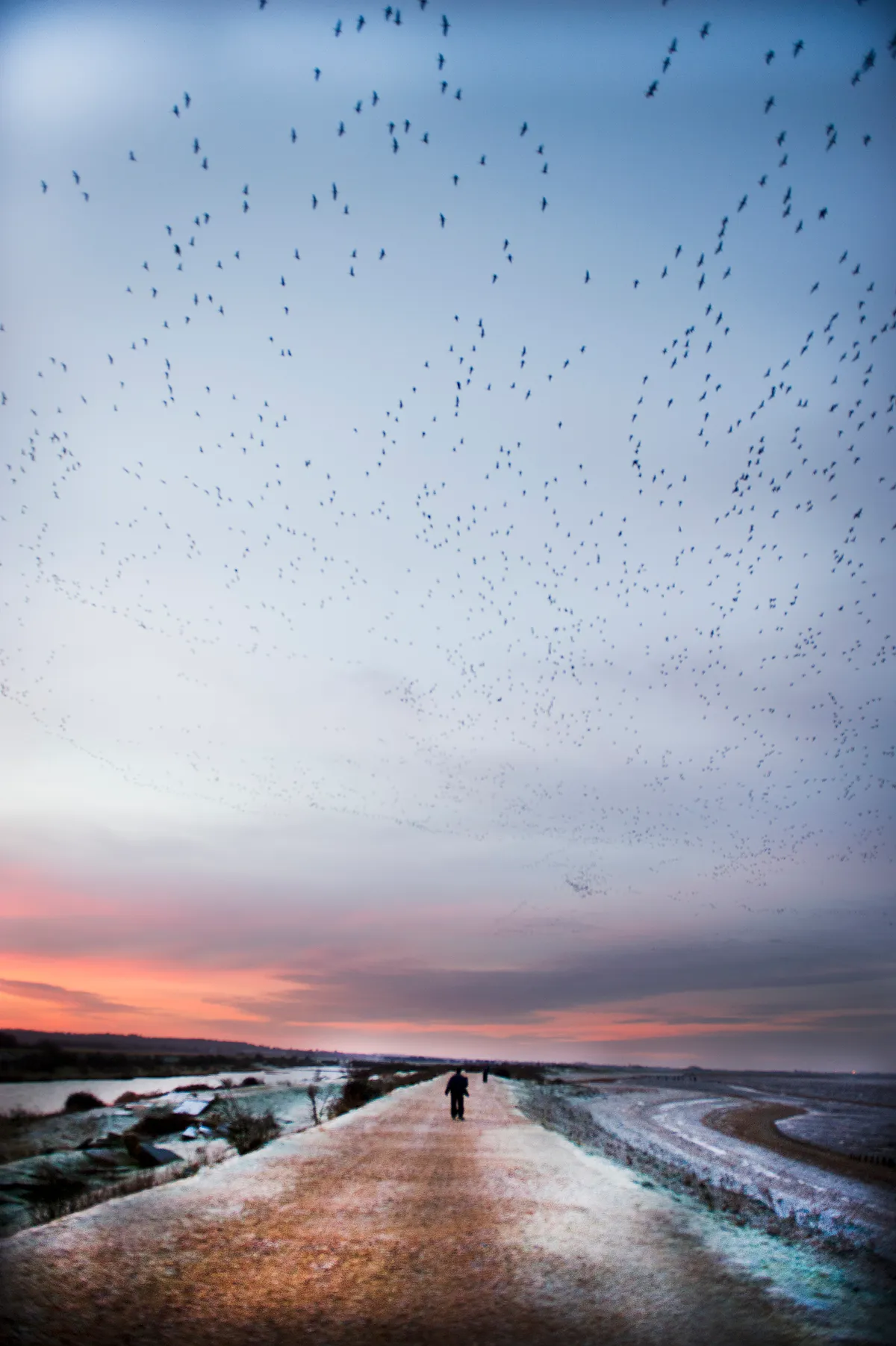
This provides some incredible sights throughout the day, with enormous skeins of geese flying and honking overhead at sunrise and sunset, while you can find huge feeding flocks in the fields during daylight. Some of these feeding flocks can be truly vast - one at the Loch of Strathbeg in Aberdeenshire contained a staggering 66,000 geese.
Other good sites are the Montrose basin in Angus, Scotland, which regularly hosts 20-40,000 pink-footed geese, and much of the north Norfolk coast, particularly around Brancaster Staithe, Holkham, Cley and Snettisham. There are normally around 100,000 pink-footed geese in Norfolk every winter, and their population keeps on climbing.
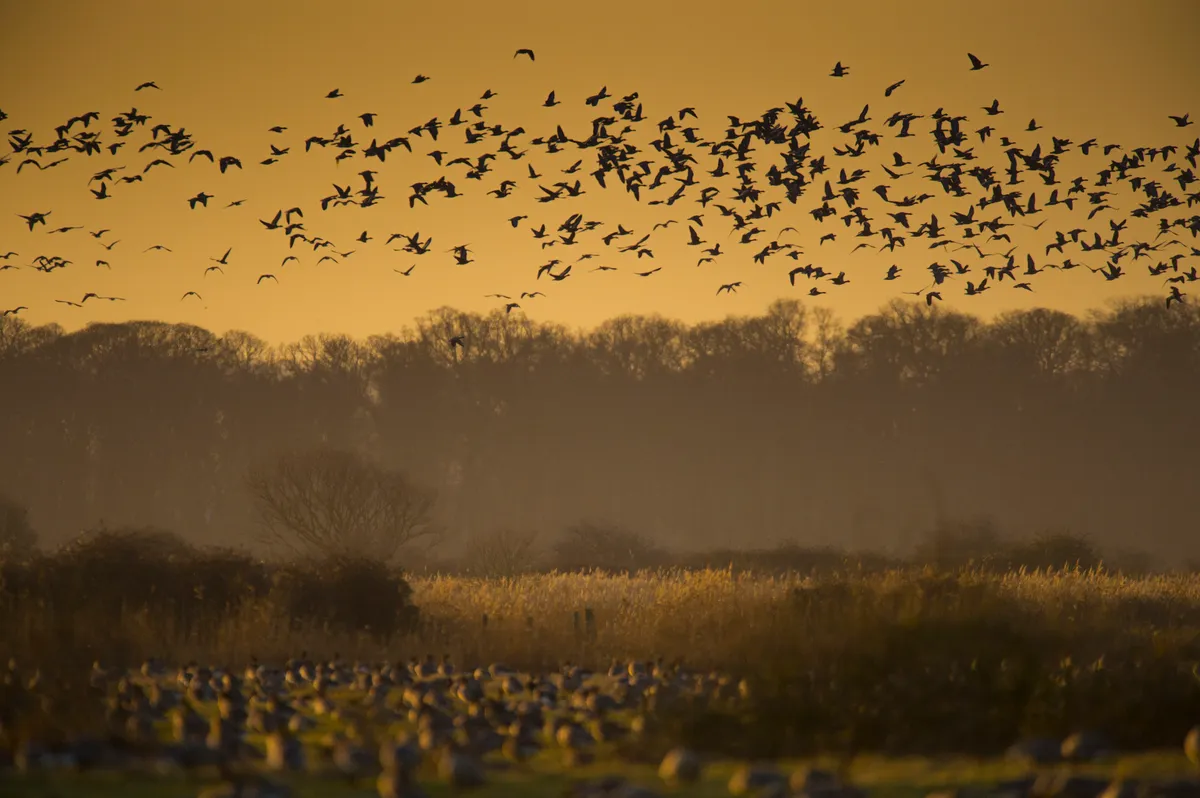
6
Reservoir gull roosts
Away from the teeming wildfowl and waders on the coast, some of our biggest and most impressive flocks are actually found on inland reservoirs. Gulls fly from miles around to roost in the safety of large reservoirs during winter, a long cold swim from any predators like foxes that might be tempted.
These roosts are mostly made up of black-headed gulls, but there are always several other species in the mix, often including a rarity or two for those who are willing to search.
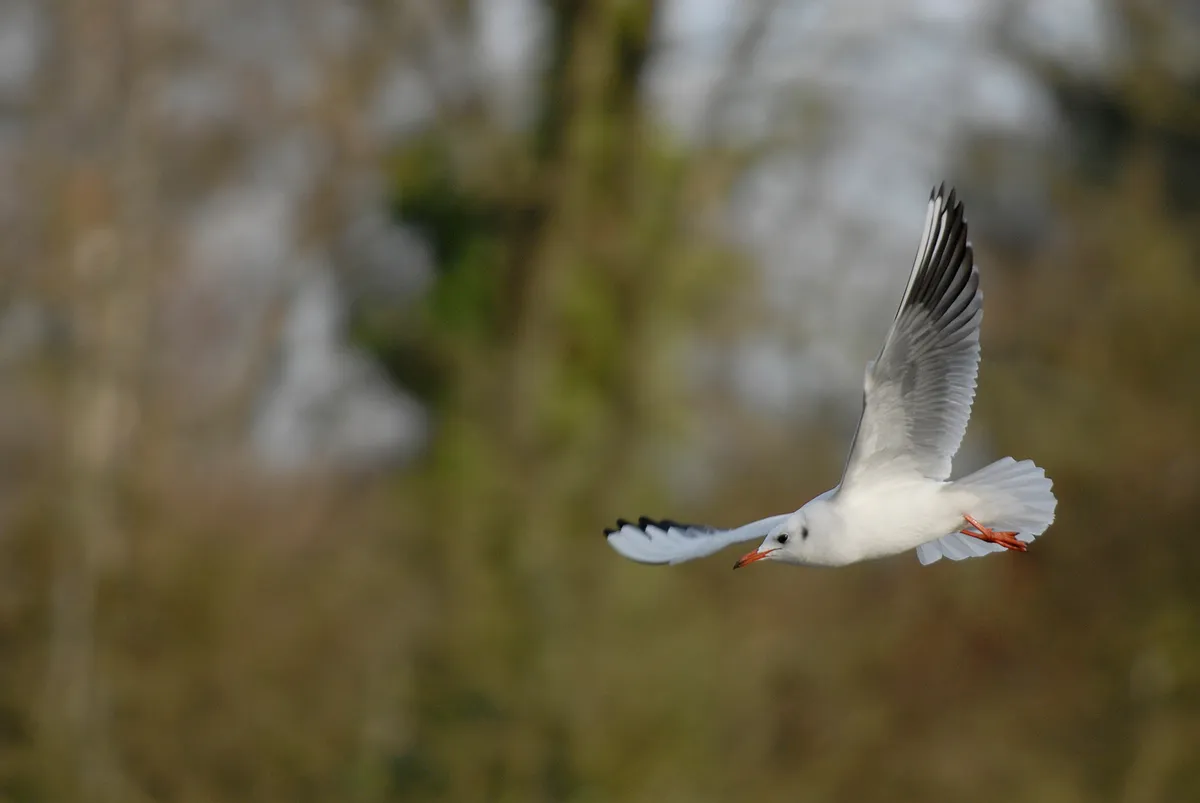
Perhaps surprisingly, we don't really know how many gulls overnight on our reservoirs. There aren't many reliable estimates from recent years as the sheer size of some of the roosts puts people off trying to count them, but the biggest roost at Chew Valley Lake near Bristol is thought to have around 60,000 overwintering gulls. Draycote Water in the Midlands comes in second place with at least 30,000 gulls, although it's hard to believe there could possibly be that many gulls around until you see it for yourself.
Of course, if you don't fancy venturing too far into the cold outdoors, it's still possible to see flocks of birds much closer to home — find out how you can attract birds to your garden by preparing it for winter.
